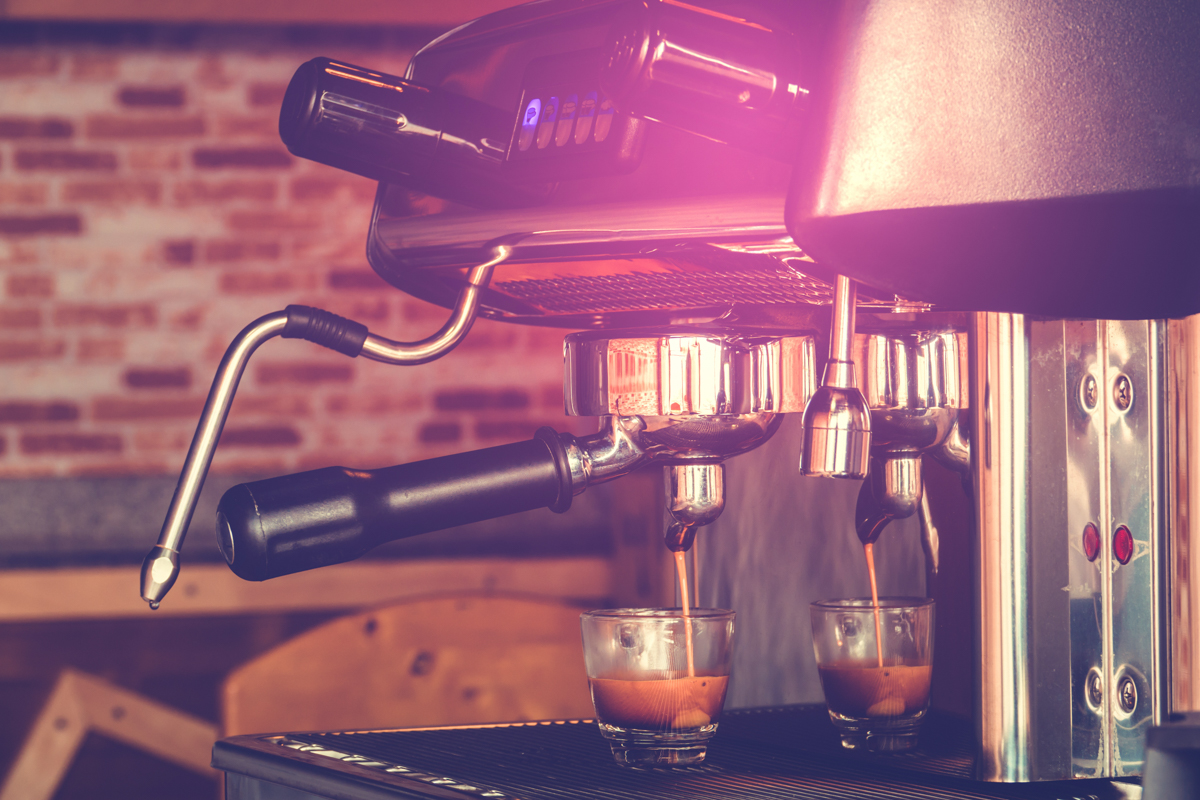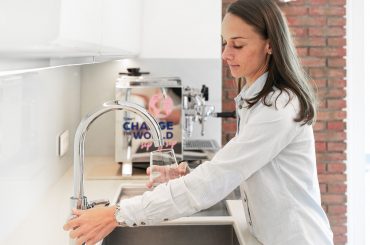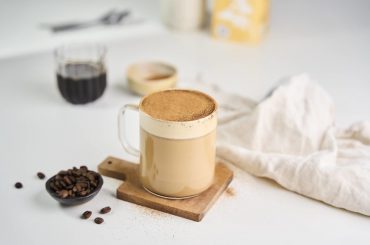Espresso Italiano has been officially defined and certified, and Istituto Nazionale Espresso Italiano lists the producers of espresso machines and coffee that meet their criteria. However, let’s start by describing the coffee experience from, say, the legendary Caffè Sant’Eustachio, near the Pantheon. You order coffee at the door and come with the receipt to the coffee bar, where the assistant barista in a flash lays down in front of you glasses of water and saucers, at the same time giving your order in two words or none to a senior barista. Before you know it, you’ve drunk your espresso or ristretto as fast as you got it and you’re left with a long, distinct aftertaste which you can take on your walk around the sun-filled Rome.

When you order a ristretto from an Italian blend at your favourite barista even on the hottest summer day in Poland, you probably still won’t be any closer to the feeling you have on holidays in Rome or Florence. This phenomenon is described, for instance, by Charles Spencer in his book Gastrophysics: the experienced taste is affected by all other senses, your mood, and how relaxed you are.
Let’s try to recreate the taste, though. To come closer to it, you need to take care of a few elements.
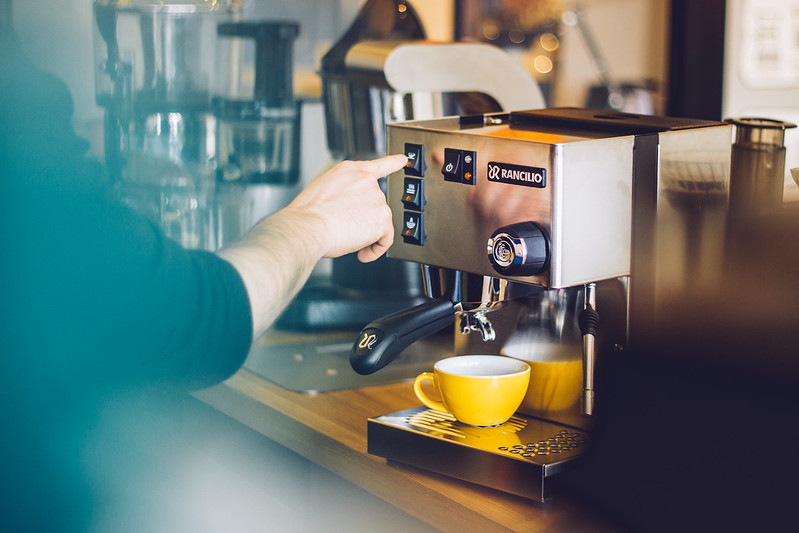
- ESPRESSO MACHINE
- should maintain the pump pressure during extraction at 8–10 bars;
- brewing temperature should be between 90–94°C;
- steam boiler must be properly sized for the assumed traffic in the café (you should plan with a buffer, that is min. 6 litres).

The grinder must be efficient and professional, with steel burrs that guarantee even grind. It should be an ‘on demand’ grinder, without the ground coffee container or hopper in which the coffee becomes stale (the Italians also walk away from that). The grinder is by no means an addition to the coffee bar, it is even more important than the espresso machine – it is the key to proper coffee extraction, so don’t economize on it.
You also need to take care of the proper cleaning and maintenance of both the espresso machine and the grinder (dirty nozzles, filthy drippers, greasy hoppers and coffee scattered all over the place are passé!)
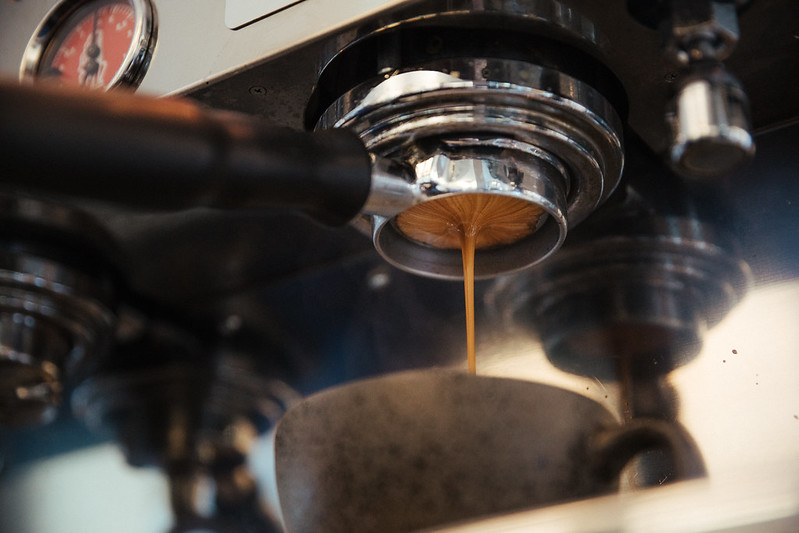
Make sure that coffee is a typical Italian blend (if you’re into, say, Neapolitan style, look for a 50/50 Robusta blend – Robusta guarantees the biggest and thickest crema and classic Italian notes).
What else is important?
- Warming up the serving cups – most espresso machines generate so much heat that the porcelain placed on their top will warm up to the perfect serving temperature (35-45°C). Just be careful that the cups are not too hot (if you have an extra heating element in the espresso machine for the cups, it’s easy to miss it and the porcelain can heat up even to 70°C!);
- Filtering water for the espresso machine – preferably with a dedicated filtration system. It has an immense effect on the coffee flavour and the longevity of the machine.
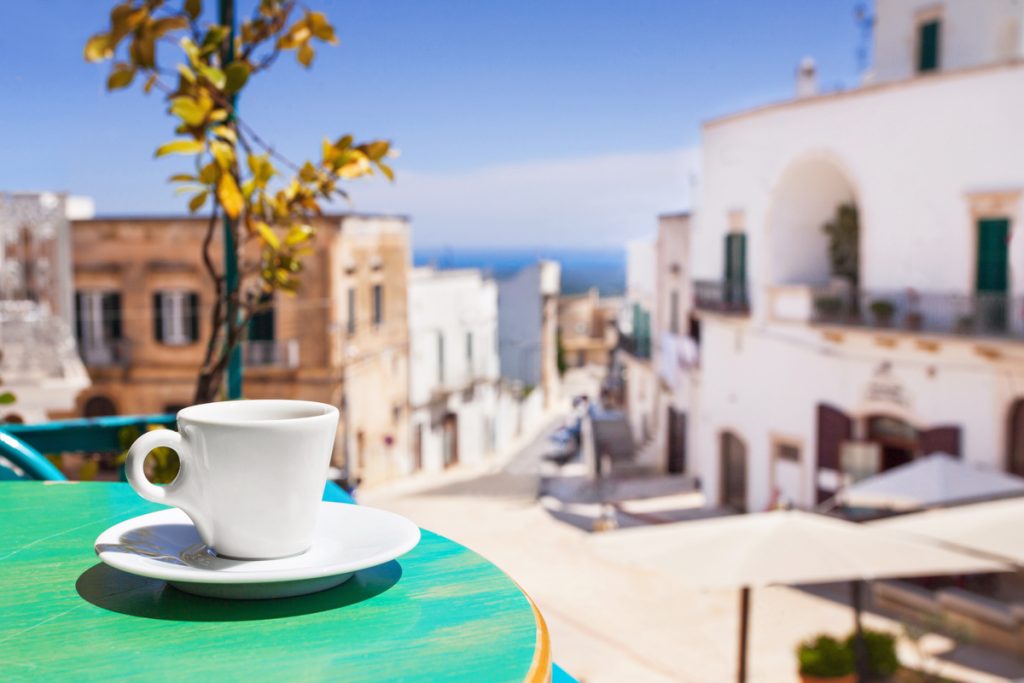
These parameters and not listed according to priority. Each component is equally important in a recipe for a good Italian espresso. Of course, the criteria and parameters will be different for specialty coffee but these will be covered in another article.

